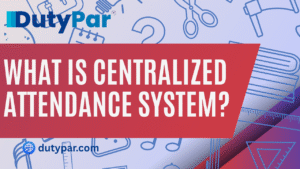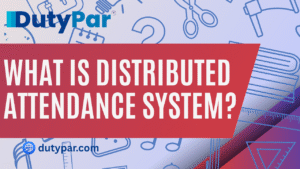
Table of contents
Route Mapping is a crucial aspect of our world, businesses and individuals alike, as it is required in many entities both commercial and private. It does not matter if you are involved in running a delivery service, planning a family road trip, or wishing to save time on daily movements, becoming acquainted with route planning will alter how we move. This article will help readers understand what route planning is, how it works, its benefits, and present existential uses.
What Is Route Mapping?
Route Mapping is the practice of planning and visualizing the most efficient route from one location to another. At its most basic level and function, route planning utilizes digital maps, algorithms, and real‑time information to provide an efficient route. Instead of guessing as you travel, or using your own memory to get to where you want to go, you allow technology to take care of the navigation. This method reduces travel times, reduces fuel costs, and reduces stress. route planning allows you to see where you are going, what turns to make, what roads to take, what the estimated time of arrival is, and if you need to change your route due to a delay from traffic.
How Route Mapping Works
A set of algorithms is employed by every route planning tool. The initial part of the coordinates is the map data taken from satellite imagery or local roads. The overall road network consists of roads, major highways, and side streets. Each time the user enters coordinates for their start and end locations, the Route Mapping tool will calculate any number of possible routes. Routing depends upon factors like distance, speed limits, traffic congestion, and even road closures, although the advanced route planning systems that we are used to today use live data and notice from users. This means that route planning is always changing. You get the latest direction regardless of whether you are driving in city streets or rural roads.
Key Benefits of Route Mapping
One of the most significant benefits route planning provides is the amount of time you could save. A readily accessible path will provide fewer turns and less backtracking. It also reduces fuel consumption, which is better for your budget and for our planet. Route mapping can mitigate stress by allowing you to clearly identify where you are going, as opposed to guessing where you are going to be traveling.
Businesses, such as couriers and ride‑sharing apps, need route planning to serve their customers in shorter amounts of time. Individuals are now using route mappings to divert around congested areas and construction. In time, even the little wins add up, creating an overall smoother and rigged travails.
Who Uses Route Mapping?
Route Mapping is an everyday requirement for many industries. Delivery companies are figuring out what routes every driver will take. Fleet managers are tracking their fleets, and re-routing when necessary. Tour operators are devising sightseeing routes to the top attractions. Even hikers are using GPS-based Route Mapping devices to find their way on trails.
In urban settings, commuters are using mapping apps every morning to find the fastest route to work. Parents are using route planning to find the best route to safely drop their kids off at school. In every case, the goal is the same: to get from Point A to Point B in the best possible way.
Real‑World Example: City Delivery Service
Visualize a small delivery company in a congested metropolitan area. Without route planning, drivers make their way down streets on a haphazard basis based on memory. Some may know one shortcut better, while others favour a different shortcut. The outcome is wasted time and uneven service. Using route planning, the company sets up routes each day and the route planning system imports live traffic data.
The Route Mapping system reassigns driver jobs to different routes where there is traffic congestion. Naturally, customers receive their packages much faster. The drivers sit idling in traffic much less. The business saves on fuel and maintains a better rating. This example shows an observable difference and properly illustrates the value of route planning.
Comparing Manual Planning and Route Mapping
Below is a simple table that highlights how Route Mapping outshines manual route planning:
| Feature | Manual Planning | Route Mapping |
|---|---|---|
| Time Taken | Long (trial and error) | Short (algorithm‑driven) |
| Adaptability | Low (fixed plan) | High (real‑time updates) |
| Fuel Efficiency | Variable | Optimized |
| Accuracy | Dependent on memory | GPS and data based |
| Stress Level | Higher | Lower |
The Future of Route Mapping
As technology continues to evolve, Route Mapping can only get smarter. In the near future, we will see enhancements like predictive traffic forecasts and improved integration with self-driving vehicles. Wearable devices might allow for turn-by-turn prompts without having to look at a cell phone. Drones might develop new route planning technologies to plan safe flight paths.
The future looks bright for Route Mapping, with continued development making navigation integrated and easier than ever before. Being aware of what is out there in the ways of new tools for route planning will allow you to fully take advantage of everything route planning has to offer!
Conclusion
Understanding Route Mapping is integral to modern travel whether for work or pleasure. Route Mapping clears all of the ambiguities from travel and hopefully delivers you less time traveling and more time enjoying! Anyone can benefit from route planning by applying best practices and using the right app today. As technology evolves, there is no doubt that routes will become more precise and adaptive. Embrace route planning and enjoy every trip with less stress and smoother travel!
Read More: Route Mapping: Optimize Logistics by Mapping Routes Efficiently | FarEye
Read More : GPS Attendance System: The Smart Way to Track Attendance





